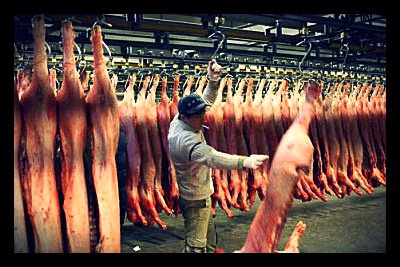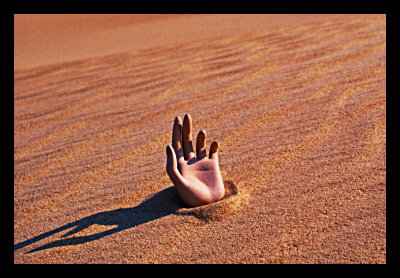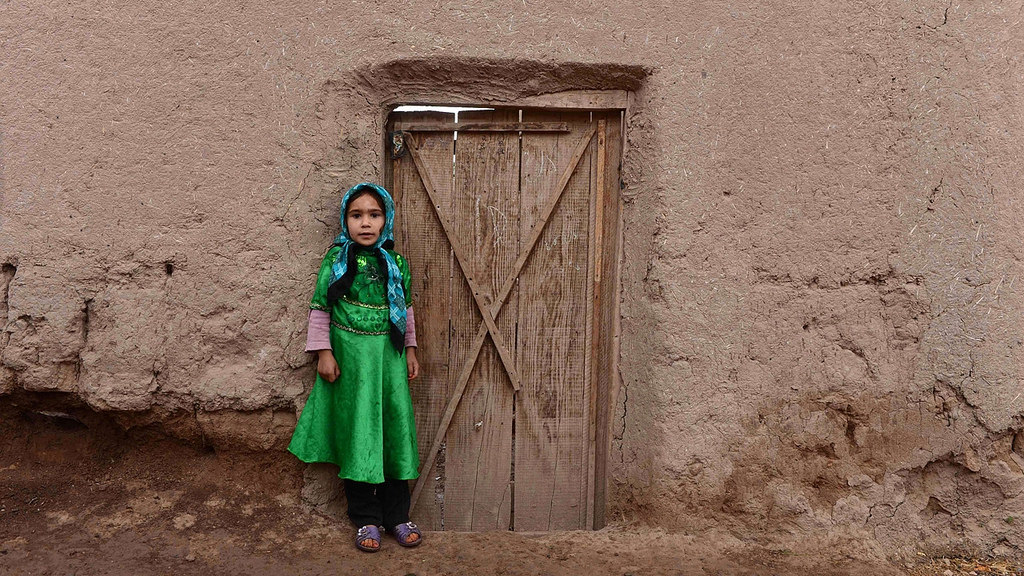
One-third of Irish children are at risk of living in poverty, and many are claiming that high childcare costs in Ireland is one of the reasons.
Childcare costs in Ireland are an outlier compared to the European Union’s average, taking up around 40 percent of the average wage, as opposed to 12 percent in Europe. High childcare costs are very detrimental to the more than 750,000 people living in poverty.
According to a report by the European Commission, which was designed to guild the Irish Government’s budget for 2015, the limited availability of childcare benefits means that parents bear almost the entire cost directly, unlike most other EU countries where childcare benefits are significant.
The report went on to state that the lack of childcare made it difficult for women and single parents to gain employment, thus leaving them without a way to improve their economic situation.
“Child poverty is a specific concern in Ireland and Britain,” said Employment Commissioner Laszlo Andor, “along with inequality, poverty and social inclusion.”
The report recommended changes to the social welfare system, including cutting off payments for a period of nine weeks if a recipient refuses to take a job offer or take part in a training course.
A report from the Central Statistics Office (CSO) shows that in 2012, 756,591 people were living in poverty. Included in those numbers were 68,740 people over the age of 65 and 220,411 people under the age of 18, only highlighting the effects of a five-year recession on the population.
“The CSO employment data shows that the much talked about 1,00o extra jobs a week has slowed to little more than 1,000 jobs a quarter,” said Fianna Fail finance spokesman Michael McGrath. “We have lost 5,000 jobs in the retail sector in the last three months and the domestic economy remains on the floor.”
Between 2007 and 2012, the number of people in Ireland living in poverty almost doubled, growing from 4.2 percent of the population to 7.7 percent. The number of people who were unable to afford new clothing increased from 5.2 percent in 2007 to 10.4 percent in 2012, the number of people unable to replace old furniture increased from 13.8 percent to 24.5 percent and the number of people who went without heating at some point in the past year went from 6 percent to 12.9 percent.
“The report highlights the critical importance of the social welfare safety net,” said Social Protection Minister Joan Burton, “namely jobseeker allowance, child benefit and state pension payments in protecting people against poverty.”
A new study from the Central Statistics Office shows that, while Ireland’s poverty line is shrinking, the number of people living in poverty has continued to grow. The study also showed that the annual income per household dropped by 5 percent and that there was an increase in income inequality. Those who live in the highest income bracket made five and a half times the amount made by those in the lowest income bracket.
“The report reflects that many of the actions in Ireland’s austerity program are ongoing,” said Economics Commissioner Olli Rehn, “but [they] need to be ended.”
– Monica Newell
Sources: Irish Examiner
Photo: The Guardian








